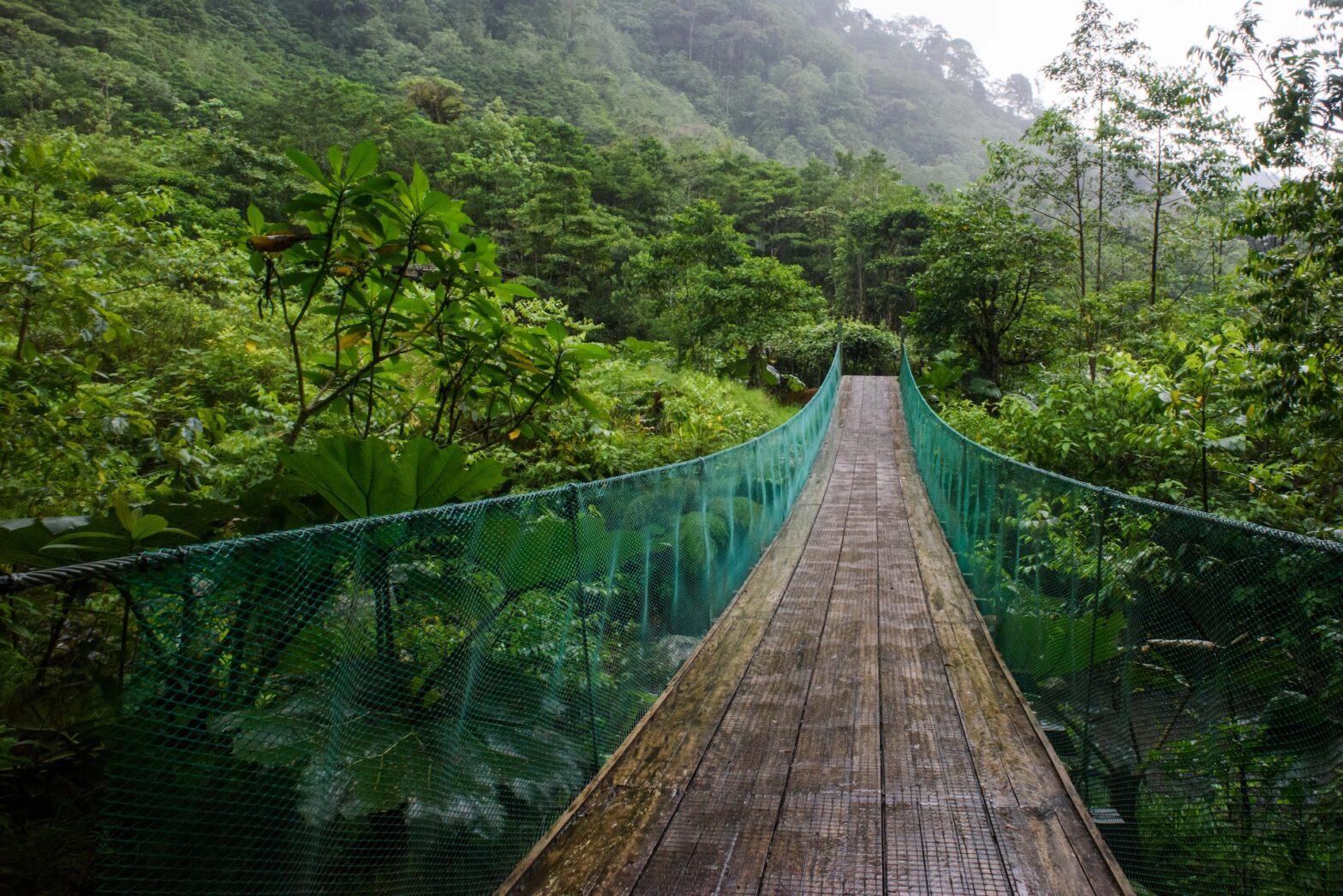Costa Rica is one of the most fascinating countries in the world and is unlike any other. It is a Central American nation with perfect destinations and weather for an ideal vacation. However, the lifestyle of its people and the priorities of the country as a whole are what make it stand out. Learn here all of the highlights of what Costa Rica is known for. These qualities range from biodiverse wildlife, tropical landscapes, sustainability, fresh-grown produce, a priority for health and more.
You are likely to want to plan your next vacation in Costa Rica after learning what the country is most regarded for. The timing is crucial, and the best time to visit the country is December through April. You will never run out of activities to do in Costa Rica while visiting, especially if you love being outdoors. However, even those looking for a less adventurous trip can enjoy a dream vacation. San José’s wining and dining scene is incredibly impressive, only continuing to elevate.
While there are many interesting aspects of this country, here is what Costa Rica is known most notably.
Costa Rica Has Beautiful Nature and Biodiversity
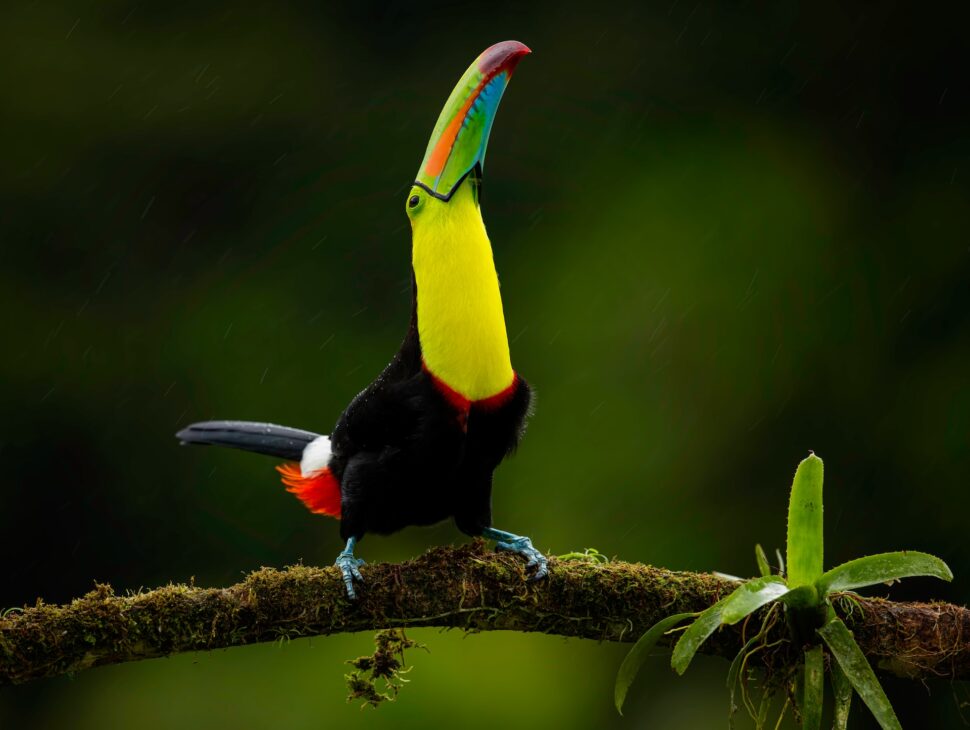
The first thing that is likely to appear when you ask “What is Costa Rica known for?” is its wildlife and nature. This is because Costa Rica has an abundance of wildlife and tropical landscapes, with rainforests, beaches, volcanoes and so much more that contributes to its unique biodiversity.
Volcanoes: Costa Rica has around 112 volcanic formations. Five of them are active volcanoes – Arenal, Irazu, Poas, Rincon de la Vieja, and Turrialba. The volcanoes have enriched the soil allowing forests to thrive. Iconic volcanoes like Arenal and Poás are popular attractions to visit. Arenal Volcano is one of the most iconic. After a major eruption in 1968, it spent several decades constantly erupting and spewing lava, enthralling tourists before going dormant again in 2010.
Biodiversity: Costa Rica takes up only 0.03% of the planet’s surface but is home to nearly 6% of all known species on earth. Its rainforests boast a huge diversity of plants and animals including exotic bird species like the resplendent quetzal, colorful tree frogs, howler monkeys, sloths, jaguars and so much more. It is also known as the hummingbird capital of the world as it features over 50 different kinds. Costa Rica’s varied micro-climates and landscapes contribute to its richness of habitats to house all these creatures, from cloud forests to tropical dry forests to beaches and coral reefs.
National Parks: Because of all the unique wildlife and natural wonders, roughly 25% of Costa Rica’s land is protected by national parks and reserves. There are 26 national parks and protected areas preserving its tropical forests and ecosystems to be exact. One of these parks is Manuel Antonio National Park. This popular park on the Pacific coast is famous for its stunning beaches, scenic views, hiking trails and abundant wildlife like sloths, monkeys and over 350 species of birds. It’s one of Costa Rica’s most visited attractions.
Costa Rica Prioritizes Ecotourism
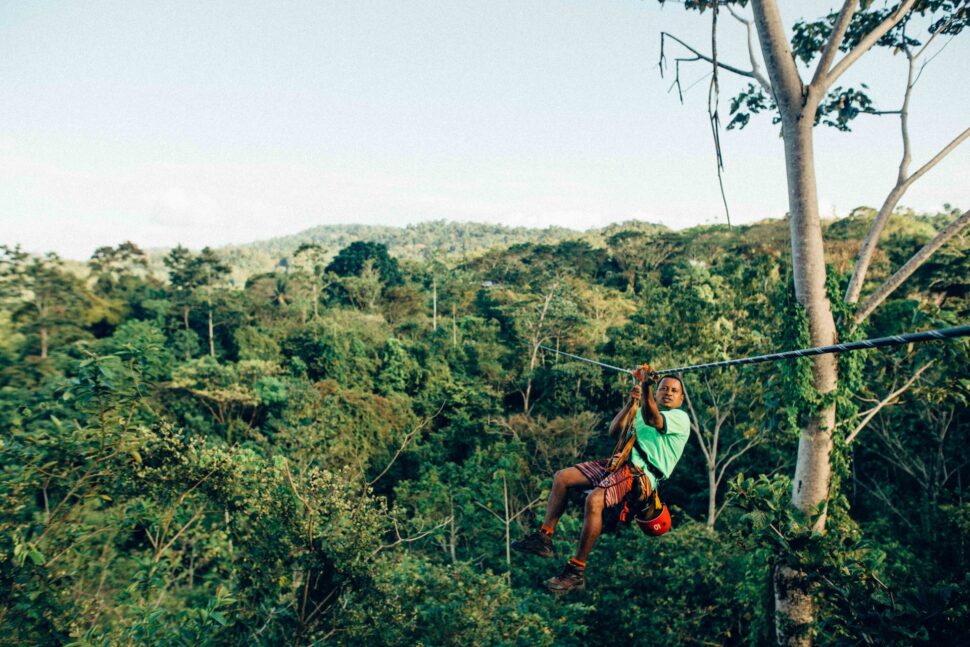
Ecotourism is focused on responsibly visiting fragile and pristine natural environments to learn, explore, appreciate nature/wildlife with minimal environmental impact. Costa Rica prioritizes this well and has emerged as a global leader. Some of the many outdoor activities available in the country include zip-lining, hiking, bird watching, surfing and exploring its rainforests and beaches.
Speaking of beaches, there is no talking about what Costa Rica is known for without including surfing. Costa Rica is a major surf and beach destination with two coasts along the Pacific Ocean and Caribbean Sea. Well-known surf spots like Dominical, Tamarindo and Jaco attract surfers from all over.
Sustainability is additionally emphasized in ways such as using green transportation options, staying at eco-lodges run on renewable energy, participating in volunteer conservation projects, patronizing tour operators with sustainable practices and keeping to marked trails to minimize impact. Tourism revenue funds forest and biodiversity conservation efforts as a result. There are many more examples that show why the country is considered a leader in ecotourism and how sustainable practices help conserve Costa Rica’s biodiversity.
Costa Ricans Live a Pura Vida Lifestyle

“Pura Vida” is a Spanish phrase meaning “pure life” and expresses the relaxed, happy and peaceful vibes that Costa Rica is known for. The saying is used commonly in speech as a greeting, farewell or just to say “Great!” It conveys a feeling that all is well, life is good. The phrase captures the relaxed, stress-free way of living that Ticos (Costa Ricans) pride themselves on and live by. Days are taken slowly, and time with friends and family is cherished.
The Pura Vida lifestyle is hugely influenced by the tropical climate and stunning natural surroundings. Life is meant to be enjoyed outdoors in Costa Rica – at the beach, hiking rainforests, surfing or simply socializing in village parks. Traditional values of peace, hospitality, cooperation and social equality underpin Pura Vida too. Costa Ricans broadly share an egalitarian, inclusive spirit and community-focused mentality.
Pura Vida has evolved into a full-fledged philosophy guiding Costa Rican life despite originally just being a slogan for travelers. It beautifully represents this country’s essence with an emphasis on staying positive, easing worries and savoring life’s simple pleasures.
Costa Ricans Live Long, Happy Lives

Costa Rica has one of the highest life expectancies in the Americas, with the average being over 79 years according to recent World Bank data. There are several key reasons why Costa Ricans tend to live so long:
- Universal healthcare: Costa Rica has an effective, affordable universal healthcare system that provides preventative care and health coverage to all citizens. This improves overall health outcomes.
- High education levels: Costa Rica stands out for its high literacy rate of 97.5%. These high literacy and education rates equip citizens with the skills to make better lifestyle choices. Public health campaigns also effectively teach good health and nutrition habits.
- Clean environments: Strict environmental policies keep ecosystems and living areas free of pollution and contamination that could cause ill health. Over 98% of electricity is from clean energy too.
- Pura Vida, once again: Stress levels are low as “Pura Vida” lifestyles focus on community, leisure time and enjoying life at a reasonable pace. This helps prevent stress-related diseases.
With continuing investments in sustainable development and human welfare, Costa Ricans are projected to keep excelling in health and longevity going forward. The mix of economic, environmental and social factors enables its high ranks globally in life expectancy.
Costa Rica is Politically Stable
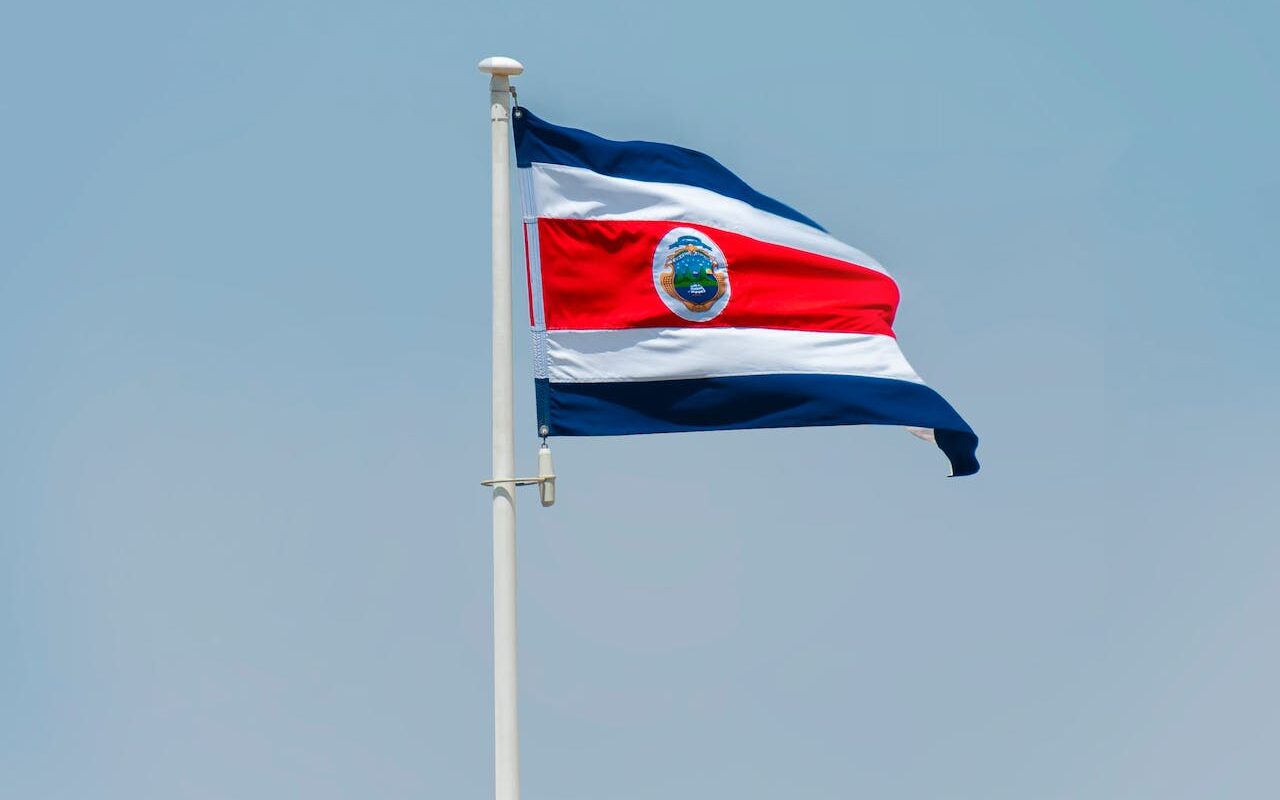
What Costa Rica is known for politically is very different from that of some of its neighboring countries. The country has enjoyed relative political stability since abolishing its military in the late 1940s. That’s right, in 1949, Costa Rica made the significant decision to abolish its military and redirect national defense spending towards healthcare, education and environmental protection instead. It maintains domestic police forces but relies on international cooperation for national security matters. The decision still shapes its peace-loving national identity and its democratic governance makes it an outlier in Central America.
Costa Rica Has Progressive Environmental Policies
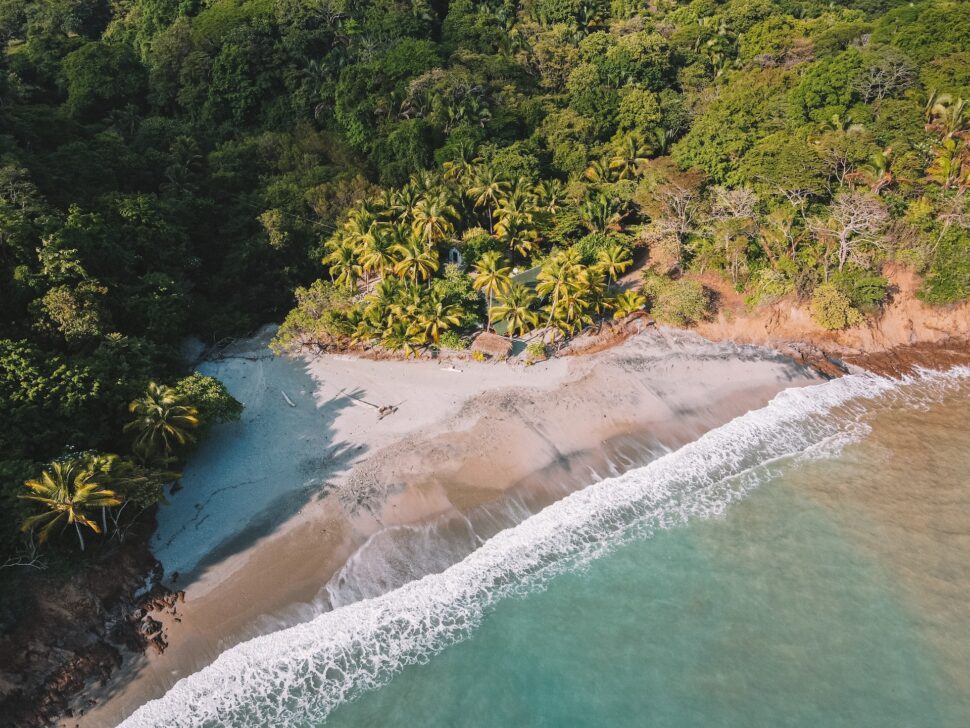
Another progressive aspect of what Costa Rica is known for is its many environmental efforts and policies. These extend beyond its many protected areas and advocacy for ecotourism. In terms of land, various policies incentivize reforestation to regrow previously deforested zones and counter the damage through increasing vegetation. The country’s Payment for Environmental Services program pays landowners to sustainably manage their lands for conservation and growth of ecoservices like carbon sequestration. This prevents deforestation.
Costa Rica has set a goal to become the world’s first carbon-neutral country by 2050. Government policies enact emission targets, incentives for clean energy use by companies and regulation of polluting industries. In addition, fossil fuel exploration and extraction systems in Costa Rica are constitutionally banned to minimize pollution and disturbances. This directive boosts investment in alternative energy sources instead.
Additionally, taxes earned through various environmental penalty fees or fuel taxes feed into the Environmental Services Fund. This helps finance other green initiatives across Costa Rica.
Costa Rica’s Famous For Coffee
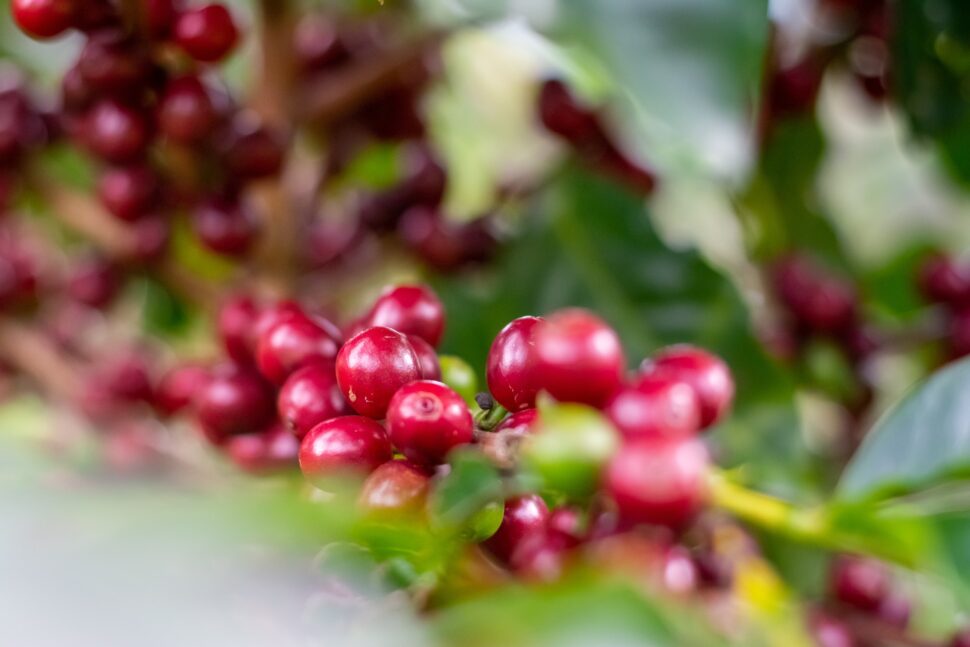
Costa Rica has made good use of its fertile volcanic soil, tropical climate and consistent rainfall to become a world leader in exporting premium coffee and delicious fresh produce. Another well-known thing Costa Rica is known for is its status as one of the world’s top exporters of high-quality Arabica coffee beans. Bananas and other fruits are also a major agricultural export.
Coffee is a major agricultural export for Costa Rica, with the US being the biggest buyer. Strict quality standards help it command top prices. Processing methods like honey or washed processes bring distinctive tastes. Both involve pulping the beans’ outer layer before drying and then careful milling. No cheaper robusta beans are mixed. Some of the most iconic Costa Rican varieties include Tarrazú coffee (an elegant, citrusy flavor profile), Orosí and Tres Rios which emphasize rich chocolatey notes or floral aromas.
In terms of fruit, Pineapples, bananas and melons lead fruit exports for North America and the EU. Exotic passion fruits, mangoes and citrus are also widely produced. Costa Rica manages its fruit’s freshness and flavor qualities through efficiency innovations helping industry competitiveness against larger country exporters. Sustainable practices minimize environmental impact.
